Listeners:
Top listeners:
-
play_arrow
Unique Gold
-
play_arrow
Unique Classic Rock
-
play_arrow
Unique Smooth
-
play_arrow
Unique Offshore Radio Tribute
The history of the Radio
The history of the Radio
The invention of the radio has had, and will continue to have, an unprecedented impact on society around the world.
In 1895, Nikola Tesla was the first to give a demonstration to transmit electrical signals over a long distance. Unfortunately, his workspace caught fire and he was unable to carry out the experiment. In the same year, Guglielmo Marconi (1874-1937) was the first to make a radio connection several kilometres long with a homemade transmitter and receiver based on an oscillator from Tesla’s designs. At about the same time Alexander Stepanovich Popov did the same. Both built on the work of Heinrich Hertz, who discovered in 1887 how electromagnetic radio waves could be generated and received back.
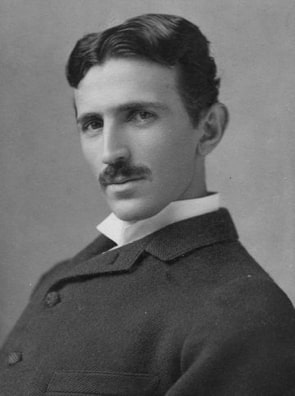
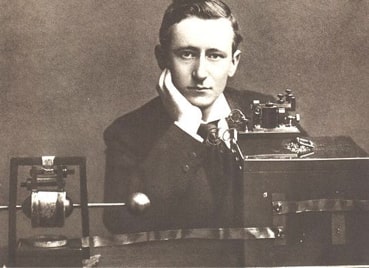
In Italy Marconi’s work was not appreciated, so he went to England. There he managed to cover greater distances and in 1901 was able to send a message across the Atlantic. However, it cannot be said that one people mentioned above is the inventor of the radio. This requires both a transmitter and a receiver, each of which is made up of different parts, each of which has undergone its own development. However, the antenna, an important component, is an invention of Marconi. Otis Pond, an engineer who worked for Tesla once said, “It seems that Marconi has the idea from you”. Tesla replied, “Marconi is a good man. Let him continue. He’s using 17 of my patents.” When Marconi got the Nobel Prize in 1909, Tesla was furious. However, it was only in 1943 – a few months after Tesla’s death – that Tesla finally got the patent on the invention of the radio.
In a few years time, ever greater distances were covered under Marconi’s leadership:
Initially, radio was mainly used as a means of communication between government and semi-government services, shipping and military users, among others. Only Morse was used for signal transmission. The use of radio to reach a large audience came much later; in fact, there was initially a ban on listening.
Only after the invention of the radio lamp by Lee de Forest in 1904 was it possible to build not only better receivers, but also transmitters capable of transmitting spoken word and music.
After that it went fast, an overview:
– 1899 the first cross-Channel radio link between England and France.
– 1901 the first transatlantic radio link between Great Britain and Newfoundland.
– 1914 the first European radio concert. Initiator was Robert Goldschmidt and the broadcast was provided from Villa Lacoste on the Royal Estate of Laken. A crystal receiver was installed at the Belgian Royal Family.
– 1919 the first Dutch radio programme. The initiator and presenter were broadcasting pioneer Hanso Schotanus à Steringa Idzerda, who provided the broadcast from his home in The Hague.

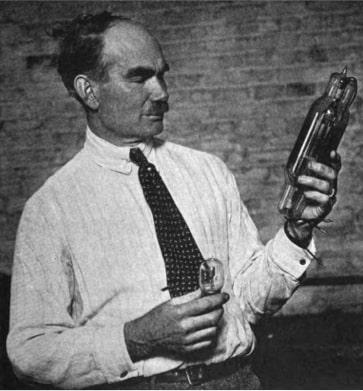
Because music and spoken word could be broadcast, the interest of the general public was aroused and this ensured that all kinds of receivers – whether or not self-built – became available. These were devices with many controls, powered by batteries, and not tailored to the average consumer. Manufacturers such as Philips felt that this was a good idea and developed appliances that were relatively easy to operate, could be seen in the living room and were powered from the mains.
We are now talking about the end of the 1920s, and from then on the radio began its great advance in the living rooms of the Western world. Beyond that, in less developed and sparsely populated areas – think of the Dutch East Indies for example – the medium often became the only way to spread news and other information, especially when good short-wave receivers became available in the thirties.
The powerful medium of radio was soon brought under the control of governments and social interest organizations that wanted to keep this influential structure for proclaiming their word under their own control. One of the arguments for this was that the available ether frequencies were scarce, which was actually the case for a very long time. The latter argument was often used to say that ‘free radio’, unlike freedom of the press, was not possible. In addition, the argument was used that the medium of radio should not be given up to commerce. For example, commercial radio was banned in the Netherlands until 1992.
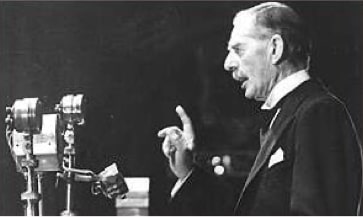
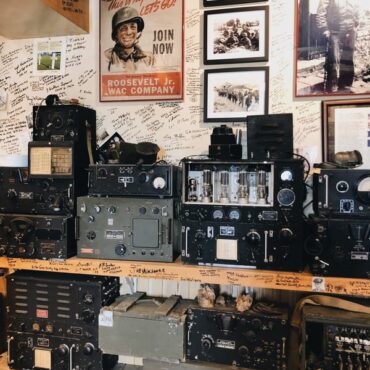
As a reaction, “free radio”, often a mixture of commercial and idealistic motives, was created, which had to broadcast advertising messages in order to remain on the air. In many countries, these commercial broadcasters were denied access to the air by politically organized and powerful established broadcasters and resorted to broadcasting from the sea beyond territorial borders (e.g. Radio Veronica, Radio Caroline, Radio London and a dozen others) or from more liberal countries (Radio Luxembourg). Many illegal stations were active on the mainland. These “Pirates” were taken off the air many times by the government.
Technological developments – scarcity in the airwaves, for example, hardly play a role anymore – and changed political insights in recent decades have changed this. Free radio and television, within the limits of the law, has become a great asset in our media system and therefore politically independent.

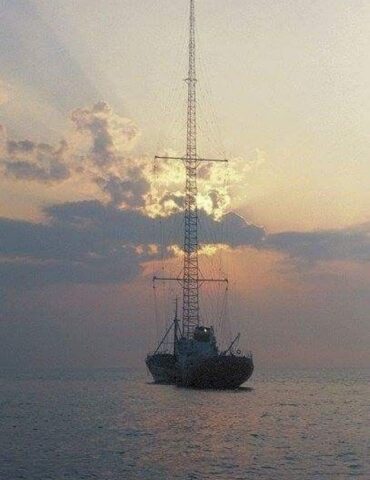
The powerful medium of radio soon became a political plaything of social interest organizations that wanted to keep this influential structure for proclamation of their word under their own control. In response, “free radio” emerged that started broadcasting advertising for its necessary existence. These commercial broadcasters in many countries were denied access to the politically organized powerful established broadcasting organizations and conducted their broadcasts from offshore outside territorial borders or from more liberal countries. Technological developments and police insight in recent decades have reversed this. Free radio and television has become a major asset in our media system and thus politically independent.
Many people and organizations pay attention to these developments. Unique gives via its website to these activities through links that you can click on.
TECHNOLOGY OF THE PAST
In addition to an overview and description of a collection of old radios and equipment, this website by Andries van Bronkhorst also provides insight into the technology of the time and pays attention to sea stations. Go to: http://www.techniekvantoen.nl
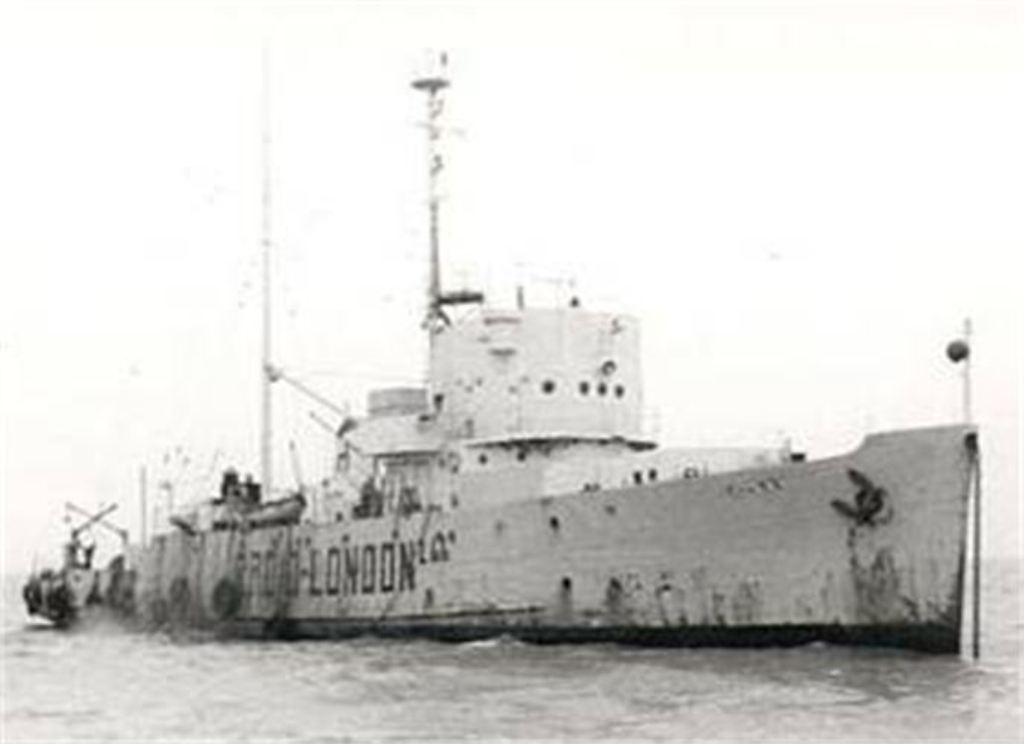
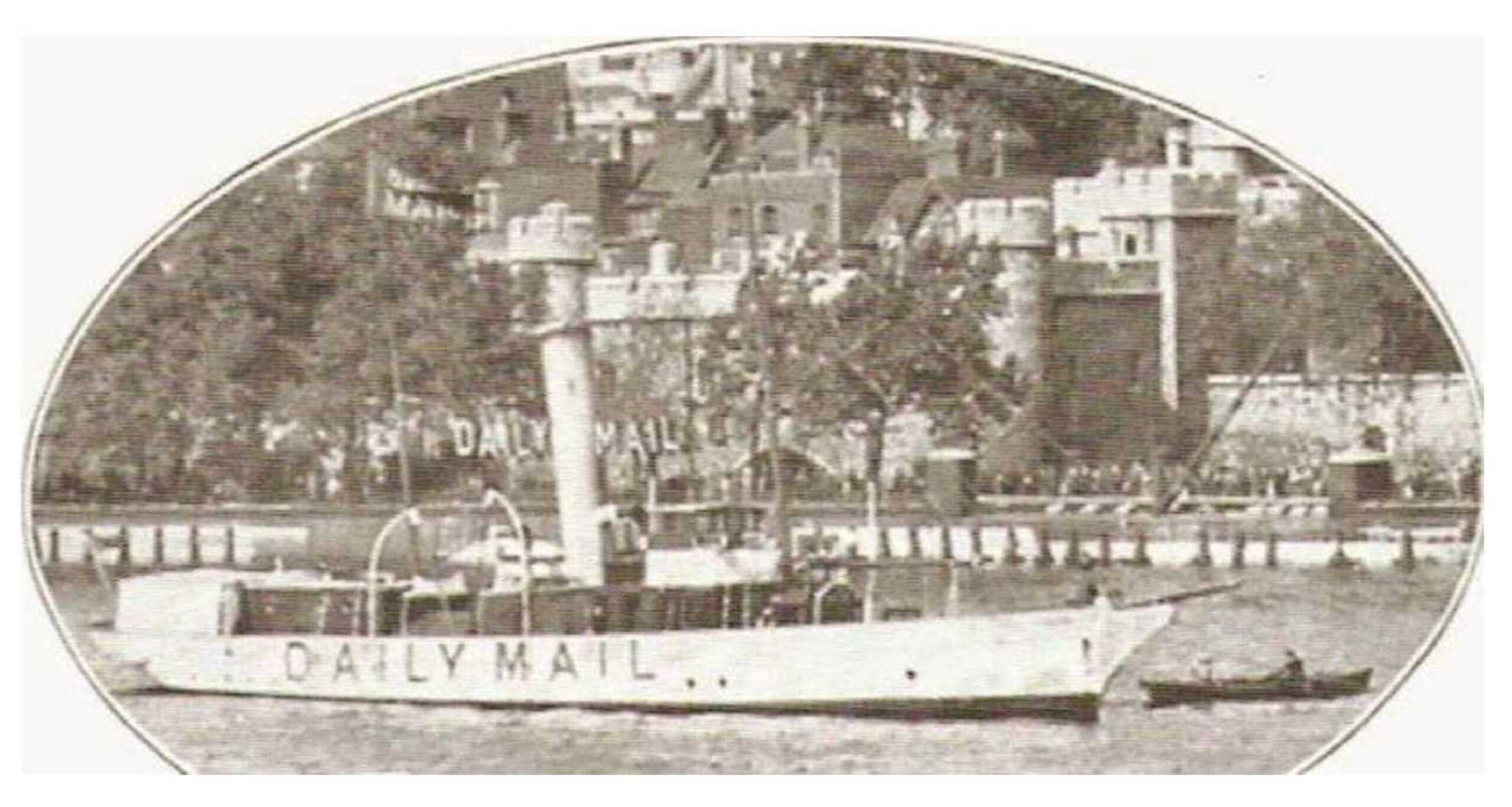
THE VERY OLDEST SEA CHANNELS
Sea stations and free radio is a concept from the 1960s. However, history goes back further where sea stations originated. For more and interesting information go to: The very oldest sea stations. https://hansknot.com/feateres/dm.pdf
FREEWAVE MEDIA MAGAZINE
Freewave magazine a monthly magazine describes a lot of information and technology about free radio and pirate stations in the Netherlands and Belgium. Log in to Freewave Media Magazine. https://www.freeradiomagazine.nl
Free radio on solar energy. https://www.freeradiomagazine.nl/FRM/FRM_85-07.pdf
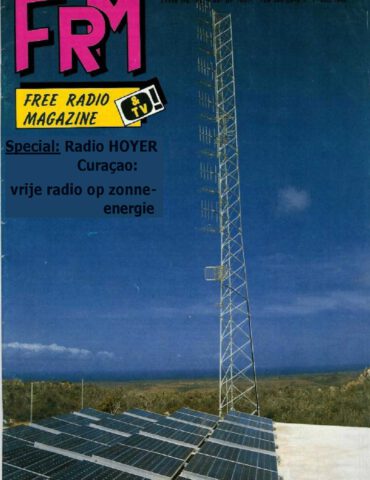
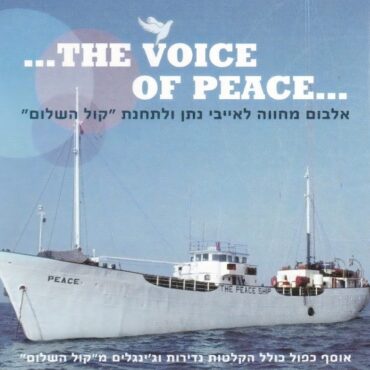
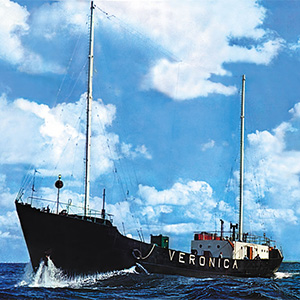
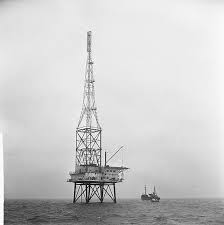
RADIO VISION MAGAZINE
Radio Vision The monthly magazine gives a lot of information about free radio since the sixties and links to recordings of many radio stations. https://radiovisie.eu
If you have suitable and special information for this website, please send it to:
Copyright 2025 Live-Streams Radio Streaming provider

